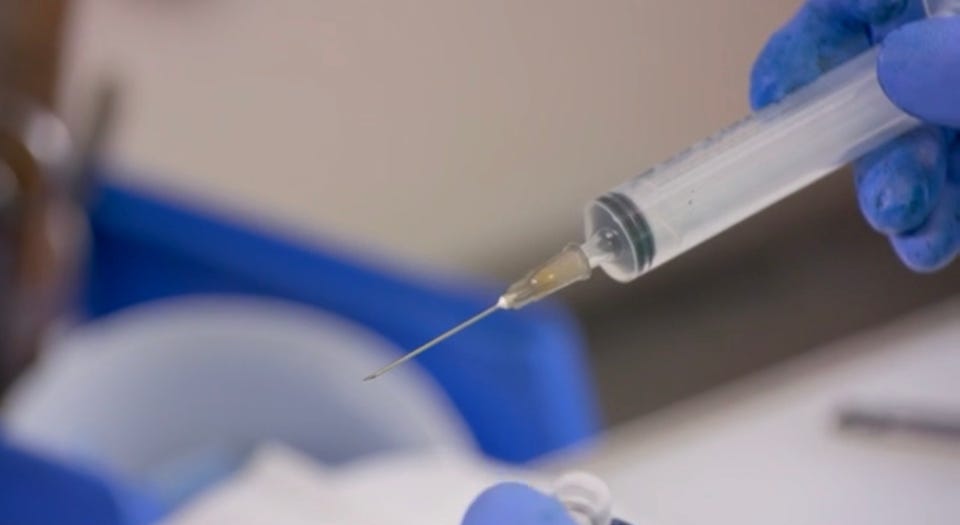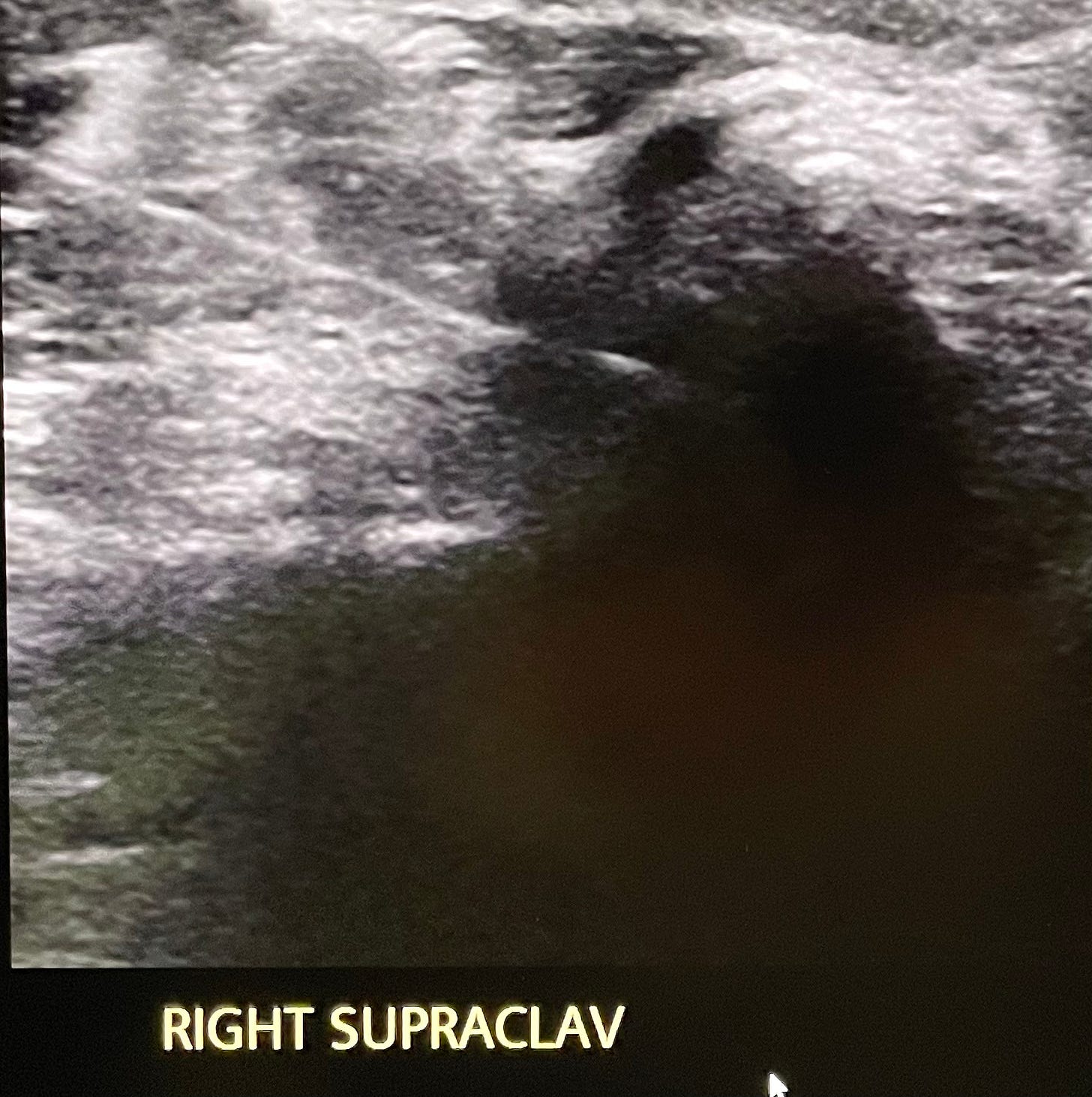Special Ops: Part One
In which a crack team of doctors perform a precision extraction from my neck.
For the past few weeks I’ve had a series of scans, tests and assessments to check for any spread of cancer.
Histology results showed some dysplastic, pre-cancerous tissue around the margins of my jaw and palate. Left alone, it would almost certainly form another tumour. So, I’m booked in for another surgery, to remove the offending tissue, in a couple of weeks time.
Meanwhile, to be thorough in the search for the areas of cancer, further testing has continued.
Today for example, I had a neck biopsy at Wellington Hospital.
While I’ve had many biopsies over the years, I’m an increasingly complex patient to operate on these days, and accuracy is important.
A trio of doctors were tasked with carefully inserting a hollow needle into the right side of my neck, searching for hotspot of cells to extract tissue samples for lab testing.
Like a Special Ops SWAT team equipped with night vision cameras, they used the guidance of a high resolution, realtime ultrasound image to probe my neck, navigating through its jungle of nerves, radiation-scarred tissue, re-plugged veins and arteries, past several surgical clips floating in suspension from a previous operation.
Lying on the bed with my head turned away, I couldn’t see the action, but I could sense it. The mood was tense, focused and positively Situation Room.
“I can’t see the target, said the young doctor. “Can you see it?”. A pause, a shuffling of feet, and the older doctor stationed himself alongside at the screen.
“Target is two clicks lateral, posterior”, said the older doctor.
“I see it now,” said the young doctor. I’m going in”.
Having been numbed by local anaesthetic, most of the angling and movement of the needle felt dull and distant. Occasionally, one of my nerves would be brushed by the needle, triggering a forceful shock through my neck and right arm - like that time I used a knife to try to pry a burnt piece of crust from inside the toaster, while it was still plugged in.
“I’m at the target,” reported the man on point. “Doing the extraction now.” I felt him work the needle back and forth 10-20 times, to draw the tissue cells up inside the needle.
This process was repeated several times over, to extract different samples that would be sent away for lab analysis. “All done now,” said the younger doctor, wrapping up. “Results in about ten days.”
So, with that side mission completed, next up is my surgery - where the degree of difficulty will go up a notch. More on that soon, in Special Ops: Part Two…


